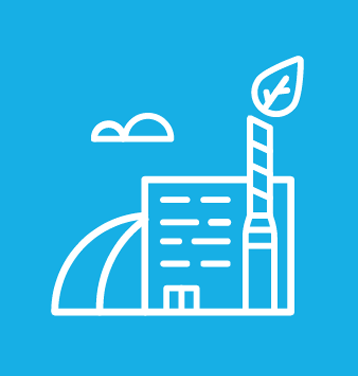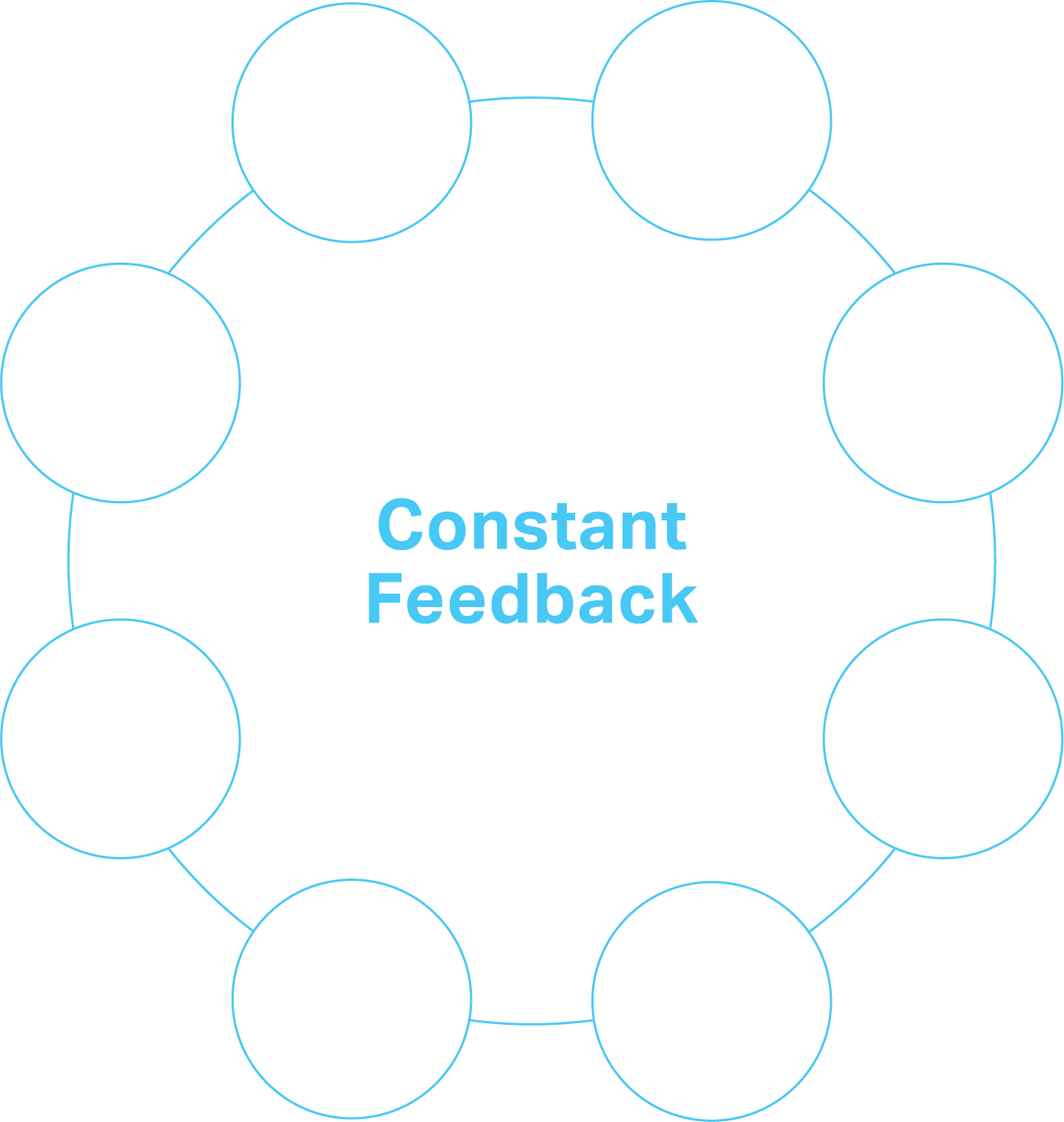
Design + Build
Unique waste treatment solutions for all
Convertus offers turnkey design and build projects for mechanical and biological treatment facilities, with a focus on source-separated municipal organic waste.
We Think Ahead
Convertus is committed to delivering quality throughout our cycle of service. We specialize in solid project delivery, innovative solutions, and strive to understand and anticipate our customer’s key requirements.
Our system of delivery is built on years of operational experience and extensive knowledge. From process design and engineering to testing, installation, training and service, we’ve created a consistent feedback loop that ties our solutions together.


Smart Solutions in 3D
Each of our waste treatment facilities is meticulously designed. Drawing on our expertise and state-of-the-art technologies and engineering knowledge, the design of each facility is completed in a detailed 3D-drawing. Based on this 3D-model, our engineers create accurate and specific 2D-drawings which will be used for fabrication and assembly.
Our standard modular skids will be used where possible to make efficient delivery possible and reduce the installation time and errors.
Our Technologies
Convertus is the largest and most advanced organic waste processor in Canada. Every waste treatment project we work on is unique. We have the expertise to provide you as our client and partner with an array of waste treatment technology solutions to deliver the most optimal results, based on your specific needs.
We have spent years strengthening our technologies so that they are as efficient and customizable as possible. All of our installations include one, or a combination of the following technologies:
Heat Harvest
With the increased importance of renewable energy and rising interest in by-product heat utilization, we’ve developed and patented a technology called Heat Harvest. Heat Harvest repurposes the thermal energy generated from the composting process.
Composting & Biodrying
Our biological in-vessel composting (IVC) tunnels use forced aeration to process organic waste into compost. This fully automated process allows each facility to adapt to different waste streams and seasonal fluctuations.
Anaerobic Digestion and Biogas
Anaerobic Digestion (AD) is an ideal circular solution, creating biogas from organic waste streams. This biogas can be converted into renewable heat and power, or injected to the natural gas grid.
Read more on anaerobic digestion process and the benefits of ‘closed loop’ biogas
Odour Abatement
It is the nature of the waste we handle that some odour will occur. However, it should never negatively impact our neighbours. Our engineers can meet the most stringent odour abatement criteria and design each odour abatement system specifically to your requirements so that odour can be detected and managed in the right way.
CASE STUDIES
View Past Client Projects




